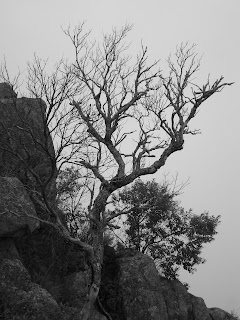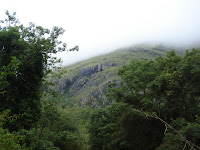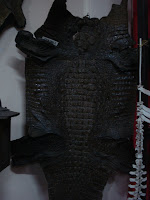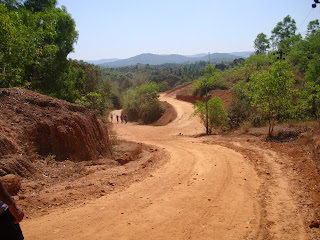Hmm….never heard of that place before…
Located at the coasts of Tamil Nadu and Karnataka Eppanadu is not a renowned tourist place.
2nd company I worked in and probably one of the most memorable ones. I was glad to meet a few acquaintances who liked engaging themselves in adventure and exploring like me. Of course I may not as enthusiastic as some people are, but I try to fit these kinds of activities between my schedule.
Sylvester and Mahesh had already visited this place with a couple of guys before and suggested we head there. Of course I was excited after Sylvester told me that it is one of the places in India listed as a Tiger Habitat. ‘Did you say Tiger?? The big cat?’ yea….that’s what he meant. Without much ado, I planned my leave with my boss and off we left with our backpacks to Eppanadu.
 We had to board on a BTS bus (Run by the Indian Govt)as it’s the only bus that would take us to the place. Sylvester had already coordinated with the owner of the estate letting him know the entire plan of our trip. So we had a guide who escorted us to his house in the middle of the wild. It was a great trekking away from the cities greenhouse gasses. If you love your walk, and love a little weight on your back then this is one the places you should visit in India. You would not spot anybody residing even at the closest vicinity. Even if you do spot somebody they would be tribes busy with cultivating or looking for logs to burn.
We had to board on a BTS bus (Run by the Indian Govt)as it’s the only bus that would take us to the place. Sylvester had already coordinated with the owner of the estate letting him know the entire plan of our trip. So we had a guide who escorted us to his house in the middle of the wild. It was a great trekking away from the cities greenhouse gasses. If you love your walk, and love a little weight on your back then this is one the places you should visit in India. You would not spot anybody residing even at the closest vicinity. Even if you do spot somebody they would be tribes busy with cultivating or looking for logs to burn.
The area is occupied by Adivasis (Tribes) who speak Malayalam, Tamil or Kannada and you cannot spot anyone staying there as it’s covered with dense cultivation of cash crops such as tea, coffee, ginger, pepper, and cardamom. The guide gave us clear instructions to stay in a group and not to split as the Big Cat or a Bison may just drop by to say Hello. Of course since it was just the 3 of us, I’m not sure if it was an encouraging thing to say. After walking for about 4-5 kms we reached the stay home. Got some rest and some food and set out to spot the animals in the wild.
Animals we spotted :
Bison: The guide used his senses to judge how close the bison was grazing. He said the foot prints were quite fresh. And there he was. He came charging at us.. :) (The image to the left).

Rock Python: It just fed on some reptile, it seemed like, and was hiding in a bush. So we were lucky to spot that fellow.
Tusker: The guide tried using the same tactics to spot an elephant but with no luck, although it was spotted on a hill at a distant.
Vine Snake: It was a first for me. A harmless snake and yet very beautiful.
Of course we were not lucky to spot the Tiger but for most of you who are interested here is an image captured by Sylvester during his previous visits to this place.
Trips like these you insatiable for more wild life but we had to pull the plug due to lack of time. Indeed a place worth exploring.
Few images courtesy Sylvester Dsouza
Written and edited by
Laveena Dsouza




















































